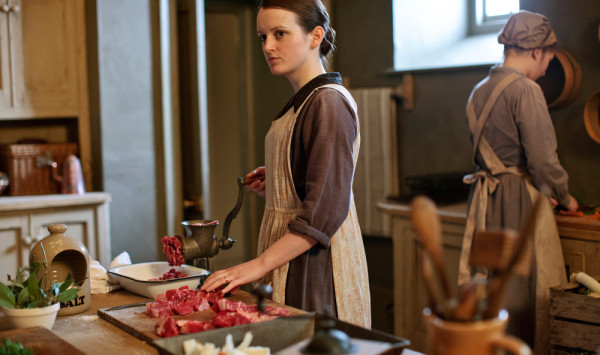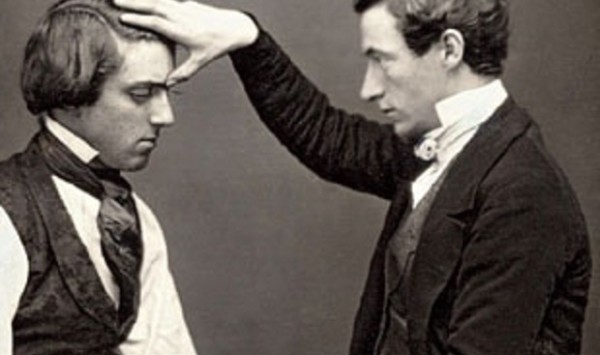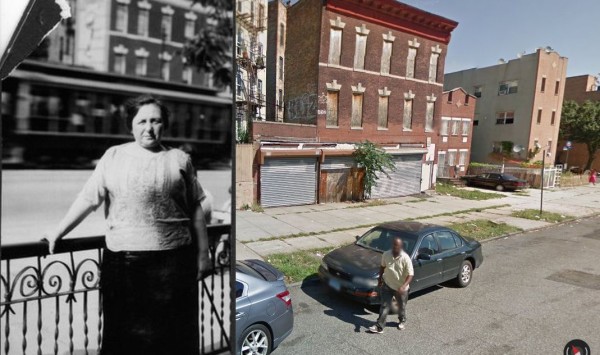BROOKLYN WOMEN LIKE FOREIGN HELP (1915)

******************************************************************************************************************************** Brownstone Detectives investigates the history of our clients’ homes. The story you are about to read was composed from research conducted in the course of one of those investigations. Do you know the history of YOUR house? ******************************************************************************************************************************** American housewives have always been fond of foreign servants. Brooklyn women were – 100 years ago – more than typical of that trend. Very much like today’s dependence on foreign help (primarily labor from those of Mexican extraction), this trend was likely due – back in Victorian and Edwardian Brooklyn – to an eagerness on the behalf of these women, to have the work in a land where they had few options, as well as to an eagerness, on the behalf of the homeowners, to having cheaper, more dependable labor. Such “help” in the house, according to the New York Times, “freed women from many chores and enabled them to use their time to enhance their moral character and educate themselves – to paint, do needlework, write, engage in physical activity and travel.” The demand, though, for “foreign-speaking girls,” in particular, was “strong,” a 1915 report from a Brooklyn labor office noted. And it was so “especially in Brooklyn,” they noted, where many second generation immigrants lived and thus presented an atmosphere where “a very large number of positions are now waiting for girls who are Polish, German or Scandianvian.” A look at the census of a typical Brooklyn block of the period would produce as many as 10-20 live-in servants, […]
HOW A CENSUS-TAKER SAVED OUR BLOCK (1900)

******************************************************************************************************************************** Brownstone Detectives investigates the history of our clients’ homes. The story you are about to read was composed from research conducted in the course of one of those investigations. Do you know the history of YOUR house? ******************************************************************************************************************************** I can tell you a little bit about every single family on my block. Well, not the present day families, of course – that might be a little creepy. Actually, it is a lot easier to extract such personal information about the families that lived on my block more than 100 years ago – in the year 1900. No, I am not a mesmerist or paranormal investigator. I don’t read cards or tea leaves. Nor do I make tables float or ask the spirit guides to knock in answer to my questions. I happen to use a less fantastic, more pedestrian source for this type of information for my answers. For, you see, I am a Brownstone Detective – and I use the 1900 Federal Census. I’M FROM THE FEDERAL GOVERNMENT AND I’M HERE TO HELP. The founders of our Federal government in the 18th century demanded that a decennial census be instituted. The demand was delineated within the U.S. Constitution, and the first attempt at listing Americans took place in 1790. The State of New York decided, too, that knowing who lived within its political boundaries was important. And so the state also began taking its own census in 1825. It was a decennial census, as well, which, in order […]
WHERE WAS THIS PICTURE TAKEN? PT. II (1924)

Junior Brownstone Detectives! In last week’s episode, “Where Was This Picture Taken, Pt. I,” we challenged you to a task of monumental proportions: “Study an historic photograph and determine where in Brooklyn it was taken.” As you’ll recall, while the photograph had some distinguishing elements in it, the location of the subject was not immediately discernible. Each of the elements therein could have been found within any of the sections of the borough. We decided, though, that studying the elements of the picture itself, along with just a bit of information about the individual within the picture, we might determine, with great specificity, exactly where the photograph was taken. Today, we are going to review some sources that the Brownstone Detectives use on a daily basis to solve everyday dilemmas such as this one. AN HISTORICAL DETECTIVE’S TOOLKIT Where do we begin when attempting to determine the Brooklyn location of an old photograph? There are a number of resources that can be of use in any mystery such as this. For the particular one we’ve presented you with, though, we will list the resources that we often use and show you how to use them in attempting to find a solution: Ancestry.com – If you have a name connected with the subject in the photo, as we did, this is always a good place to begin your search. At Ancestry.com, using the search function, place any names that you have into the engine, and then see what pops up. With […]